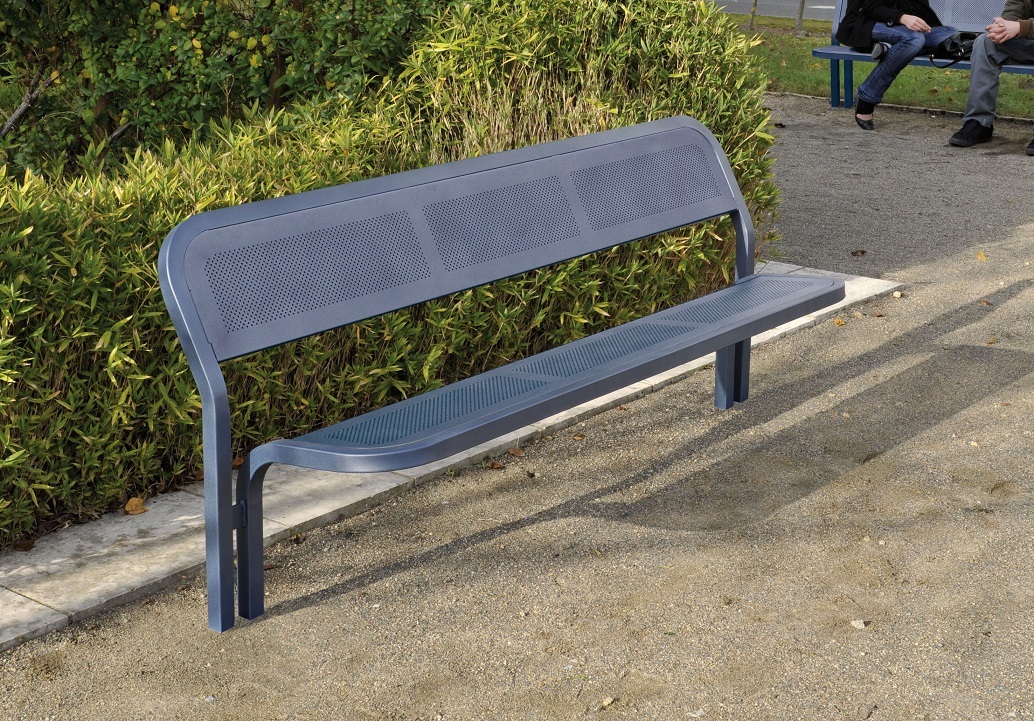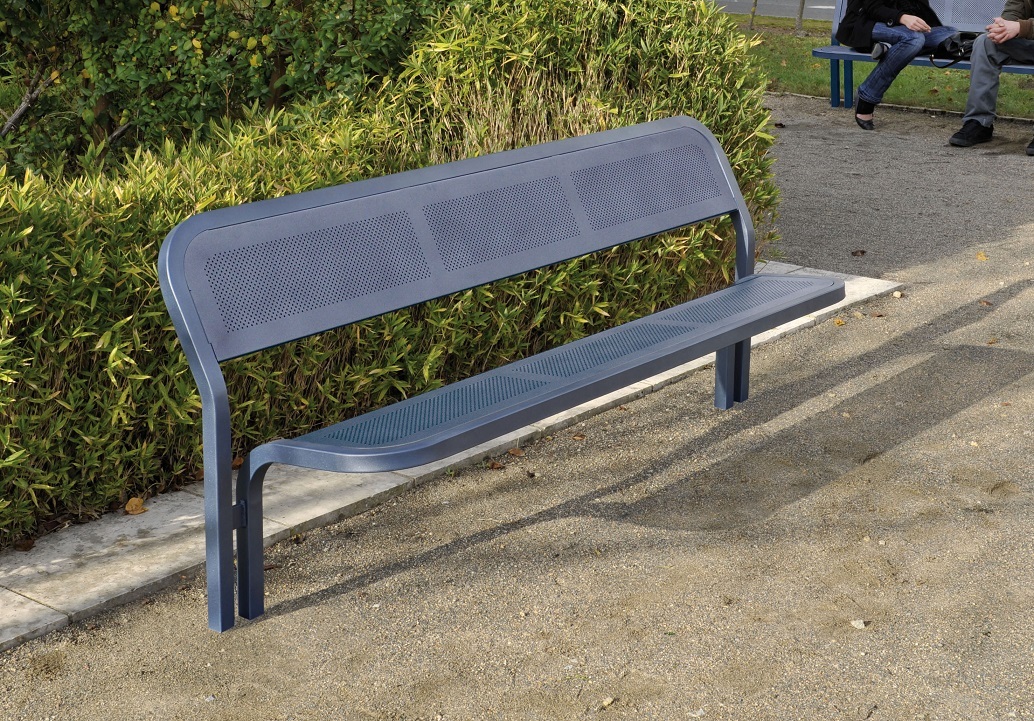Importance of Commercial Benches
Commercial benches play a crucial role in urban planning and public space utilization. They provide seating options for pedestrians, encouraging people to spend more time in public areas. This increased dwell time can boost local businesses and enhance the social dynamics of a community. Benches offer a place for rest, conversation, and reflection, contributing to the overall well-being of city dwellers and visitors. Additionally, well-designed benches can enhance the aesthetic appeal of an area, reflecting the local culture and architectural style.
Types of Commercial Benches
Commercial benches come in various designs to cater to different environments and uses. Some of the common types include:
Park Benches: These are typically found in parks and recreational areas, designed for durability and comfort. They often have backrests and armrests, providing a relaxing spot for visitors.
Street Benches: Positioned along sidewalks and busy streets, these benches are often minimalist in design, focusing on space efficiency and sturdiness.
Mall Benches: Located in shopping centers, these benches prioritize style and comfort, often featuring modern designs to complement the surrounding retail environment.
Corporate Benches: Found in business districts and office complexes, these benches are designed to offer a professional look while providing a place for employees and visitors to rest.
Materials Used in Commercial Benches
The choice of material for commercial benches is critical to ensure durability, comfort, and maintenance ease. Common materials include:
Wood: A classic choice, wooden benches are favored for their natural look and comfort. They are often treated to withstand weather elements, making them suitable for outdoor use.
Metal: Metal benches, particularly those made from steel or aluminum, are known for their strength and longevity. They are often powder-coated to prevent rust and are ideal for high-traffic areas.
Concrete: Extremely durable and sturdy, concrete benches are perfect for areas with high vandalism risk. They can be designed in various shapes and sizes to fit different aesthetics.
Recycled Materials: Eco-friendly benches made from recycled plastics or composite materials are gaining popularity. They offer sustainability without compromising on durability or design.
Placement Strategies for Commercial Benches
Strategic placement of commercial benches is vital to maximize their utility and impact. Here are some key considerations:
Accessibility: Benches should be placed in easily accessible locations, ensuring that they are convenient for everyone, including people with disabilities.
Visibility: Positioning benches in visible areas can enhance safety and encourage their use. They should be near pedestrian pathways, entrances, and exits.
Shade and Shelter: Placing benches under trees or shelters provides users with protection from the elements, making them more appealing.
Proximity to Amenities: Benches should be near amenities like water fountains, restrooms, and trash bins to enhance user convenience.
Social Interaction: Arranging benches in clusters or facing each other can promote social interaction, seats benches creating a more community-oriented atmosphere.






Comments